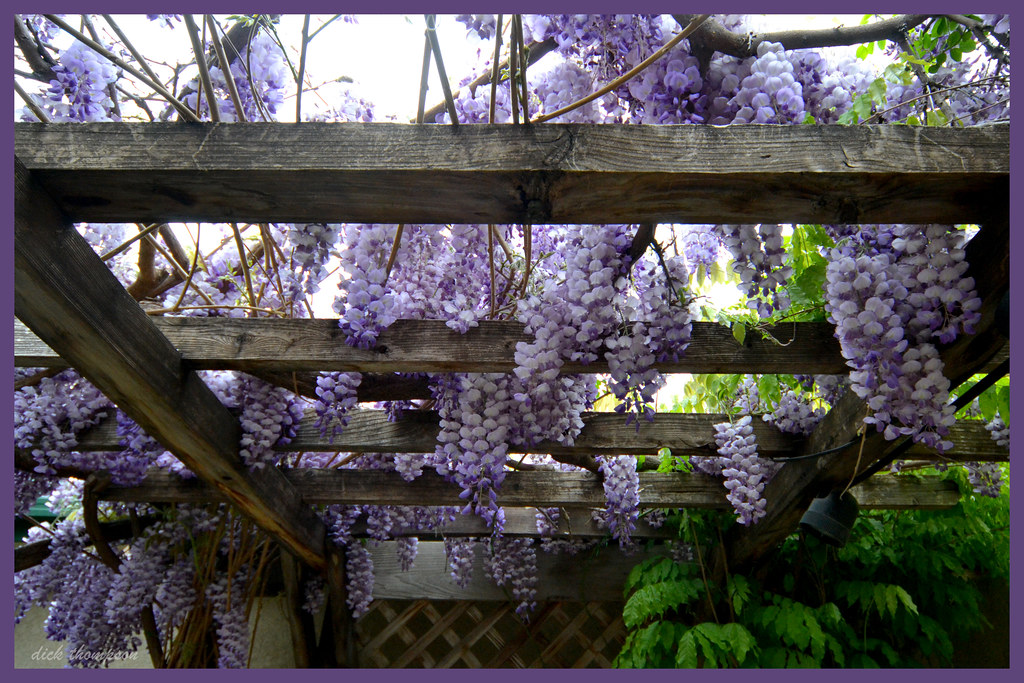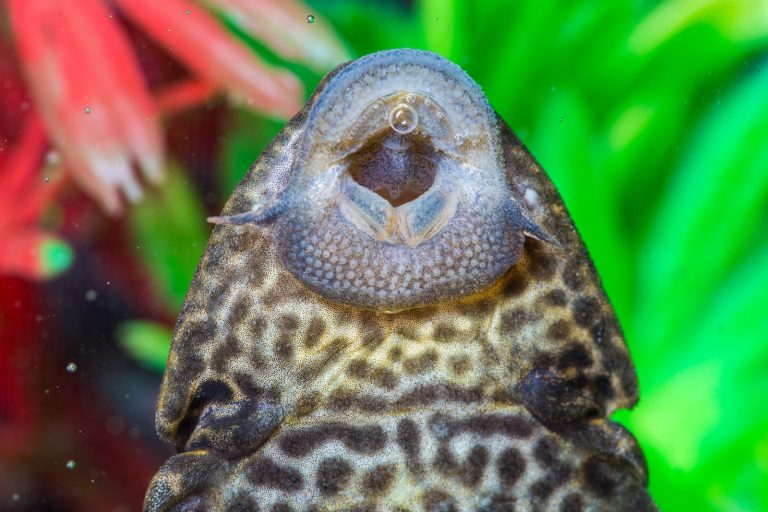Introduction
Diving into the depths of aquatic wonder, this article takes you on a journey to explore the enchanting Hygrophila Difformis. Also known as Water Wisteria, this versatile aquatic plant exhibits remarkable adaptations both above and below the water’s surface. From its captivating aesthetic appeal to the intriguing science behind its growth, this article unveils the secrets of Hygrophila Difformis in all its aquatic glory.

Hygrophila Difformis: An Overview
Hygrophila Difformis above and below water presents a spectacle that both aquarists and nature enthusiasts find captivating. This freshwater plant, native to India and Southeast Asia, belongs to the Acanthaceae family. Its intricate leaves, resembling those of terrestrial wisteria, lend an air of grace to aquariums and aquatic ecosystems.
Adaptations Above Water
Hygrophila Difformis emerges from the water in its emersed form, showcasing adaptations that allow it to thrive in both terrestrial and aquatic habitats. Its leaves transform, becoming broader and taking on a vibrant green color. These adaptations enable the plant to efficiently absorb sunlight and perform photosynthesis.

Adaptations Below Water
As Hygrophila Difformis transitions into its submerged form, it undergoes a stunning transformation. The leaves become finely dissected, creating a delicate appearance that complements underwater aesthetics. This adaptation maximizes surface area for nutrient absorption and reduces water resistance, ensuring the plant’s survival beneath the water’s surface.
Caring for Hygrophila Difformis
1. Light Requirements: Hygrophila Difformis demands moderate to high light levels for robust growth. Adequate lighting supports both emersed and submerged forms, allowing the plant to flourish.
2. Water Parameters: Maintaining stable water conditions is vital. The pH level should be within the range of 6.0 to 7.5, while water hardness should be kept between 2 to 12 dKH.
3. Nutrient Enrichment: Fertilization is crucial, especially in aquariums with high lighting. Use a comprehensive liquid fertilizer to provide essential nutrients, including nitrogen, phosphorus, and potassium.
4. Pruning and Maintenance: Regular pruning is essential to prevent overcrowding and promote healthy growth. Remove any dead or decaying leaves to maintain water quality.
5. Planting Techniques: When planting Hygrophila Difformis, ensure its roots are well-covered but not buried. Placing it in the background or midground of the aquarium enhances its visual impact.
Hygrophila Difformis in Aquascaping
Embracing Aquascaping Aesthetics: Hygrophila Difformis is a staple in aquascaping layouts due to its versatility and aesthetic appeal. Its emersed form can be strategically placed to create height and dimension, while its submerged form adds intricate textures to underwater landscapes.
The Science Behind the Beauty
Photosynthesis in Aquatic Plants: The emersed and submerged forms of Hygrophila Difformis reveal fascinating insights into aquatic plant biology. The emersed leaves undergo C3 photosynthesis, while the submerged leaves exhibit adaptations for more efficient CO2 utilization during C4 photosynthesis.
Frequently Asked Questions
Q: Can Hygrophila Difformis survive in low light conditions?
A: While it can tolerate lower light levels, optimal growth and vibrant colors are achieved in moderate to high light environments.
Q: Is CO2 supplementation necessary for cultivating Hygrophila Difformis?
A: CO2 supplementation enhances growth and coloration, especially in high light setups, but it’s not mandatory.
Q: How often should I prune my Hygrophila Difformis?
A: Prune regularly to maintain its shape and prevent shading of lower leaves. A trim every two to four weeks is generally recommended.
Q: Can I propagate Hygrophila Difformis?
A: Yes, it can be propagated through cuttings. Simply snip a healthy stem and plant it in the substrate.
Q: Are there any potential challenges in cultivating this plant?
A: Algae growth can be a challenge if light and nutrient levels are not balanced. Regular maintenance and monitoring can mitigate this issue.
Q: Can I keep Hygrophila Difformis with fish and other aquatic inhabitants?
A: Yes, its dense growth provides shelter for small fish and fry, making it a beneficial addition to community tanks.
Conclusion
In the world of aquatic flora, few plants captivate the eye and scientific curiosity like Hygrophila Difformis. Its ability to thrive both above and below water showcases the remarkable adaptability of nature. By understanding its care requirements and appreciating its beauty, aquarists and enthusiasts can create stunning aquatic landscapes that bring the wonder of the underwater world to life.






